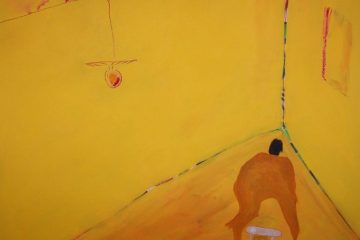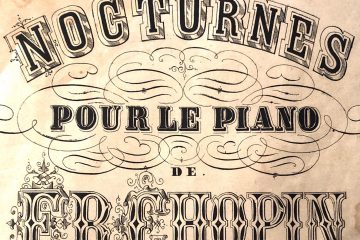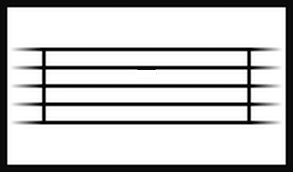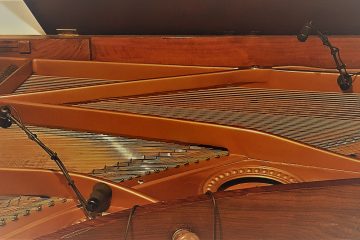Solitude in corona times, Soledad – Piazzolla
It was quite obvious to me my new blog would have a relation with the corona crisis we’re experiencing. A blog not build on an “interesting” musical subject or piece of music but a reflection of these times of crisis – Read more



